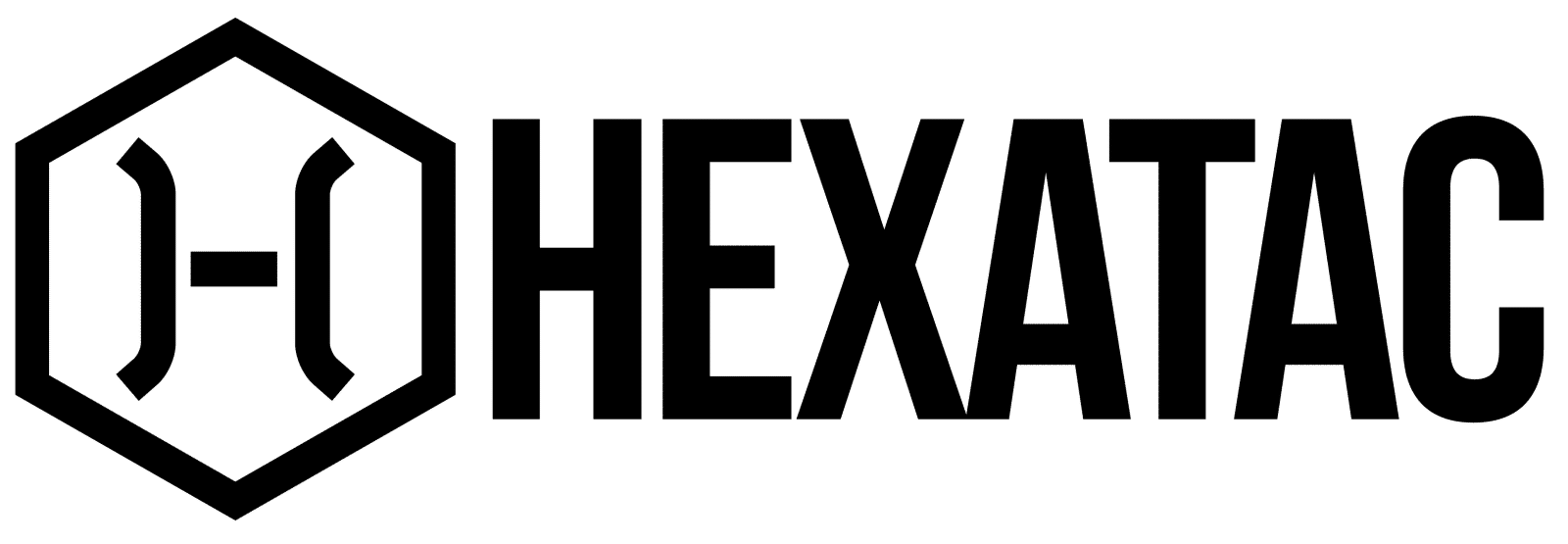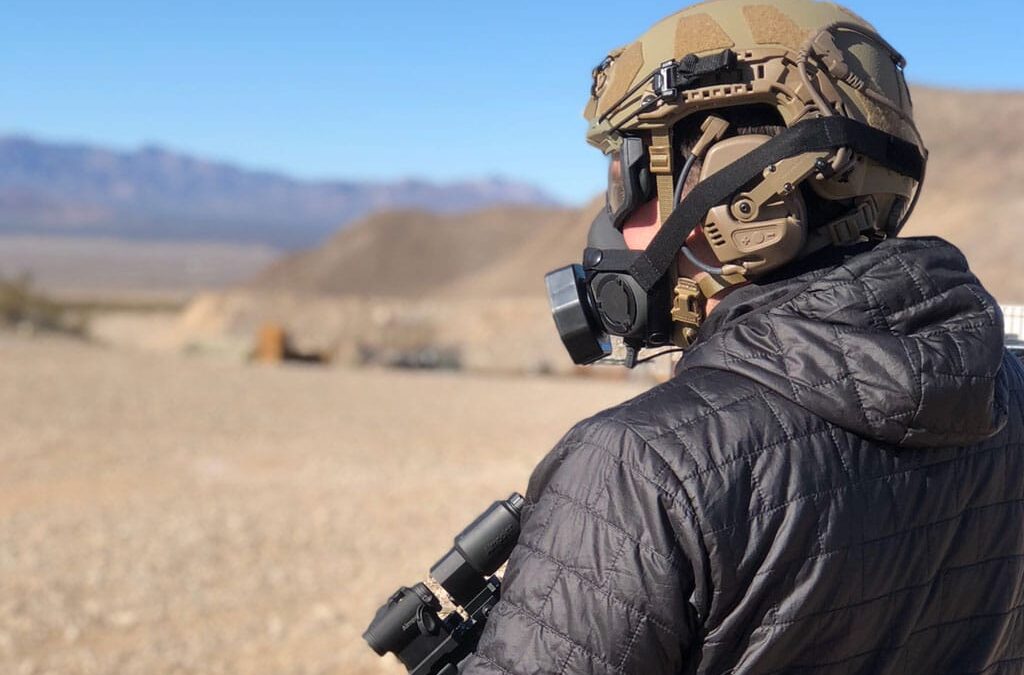What precautions should be taken when using firearms? Firearms are inherently dangerous. But there are also risks that most shooters don't think about. Especially if you are a professional in the firearms trade and regularly spend your days on the shooting range.
In this article, you'll discover :
- The danger of ammunition fumes ;
- The problem of dust from shooting ranges;
- How to protect yourself from this real but silent risk.
There are many precautions to take when using firearms. There are precautions linked to the use of the weapon itself. But there are also precautions to be taken if you are regularly present on a shooting range.
Toxic smoke and dust from munitions
When fired, ammunition produces smoke and dust containing lead, as well as a whole range of heavy metals that are extremely harmful to health. (And I'm not even talking about black powder weapons!
All staff who regularly work in facilities dedicated to shooting (with firearms) are therefore affected. HoweverThe dust is highly volatile. (hair, hands, face, clothes, the interior of your vehicle, etc.).
To save you long minutes of reading, and knowing how precious time can be for some of you, I've decided to give you all the recommendations to protect you and your loved ones.
How to protect yourself from toxic dust
As dust can be ingested, I recommend that you carry out the following actions during your shooting days to limit your exposure to this risk:
- Avoid smoking, drinking and eating on the shooting range
- Wash your hands, face and hair (a shower is best) after your shooting session.
(0.49 to 1.80 Mg of lead can be found on shooters' hands after a shooting session) - Don't go into a refectory in work clothes
- Don't lick your lips during a shooting session
- Don't take your clothes home, wash them at work
- Avoid all contact with cases on the ground without gloves
- Leave your mobile phone aside and don't handle it during your session, especially when it is likely to end up in your child's hands that very evening.)
As dust can also be inhaled, you can also use a special mask if you are regularly exposed to shooting sessions.
- Wear a protective mask (Standard type P3)
(Opscore SOTR for example) - Make sure that the facilities in which you carry out your activity have sufficiently efficient air extraction systems.
- Use of non-tox and encapsulated ammunition
The same story as hearing and eye protection...
These recommendations will make you smile, just like the first measures taken to protect shooters' ears, which were met with a barrage of : "You can't hear anything with the traffic jams".…
Or protective goggles: "You can't see anything with it and it fogs up."
Or ballistic protection... In the next few years, you'll see this type of protection becoming more and more widespread and present in the field. In any case, I hope so for you!
Einstein said: "It's easier to disintegrate an atom than a prejudice."
Wear a suitable mask!
You now know everything you need to know about the silent (but very real) risks associated with the use of firearms. Naturally, this primarily concerns staff who spend a lot of time on the shooting range and who are therefore more exposed to this risk.
To find out more, take a look at the TR2 military breathing mask specifically adapted to this situation.
Johan
This article was inspired by an article written by Johan Lara of Lara Tactical and published on the blog with his permission.
You can find more articles and content on the website: www.Lara-Tactical.fr or on his facebook page.
Sources
NIOSH Alert - Preventing Occupational Exposures to Lead and Noise at Indoor Firing Ranges
SERIYES J.C., DIEBOLD F - Elaboration of recommendations for the prevention of occupational exposure to lead and other heavy metals
LAUREILLARD J;, BAUWENS J. - Lead emissions from shooting ranges


